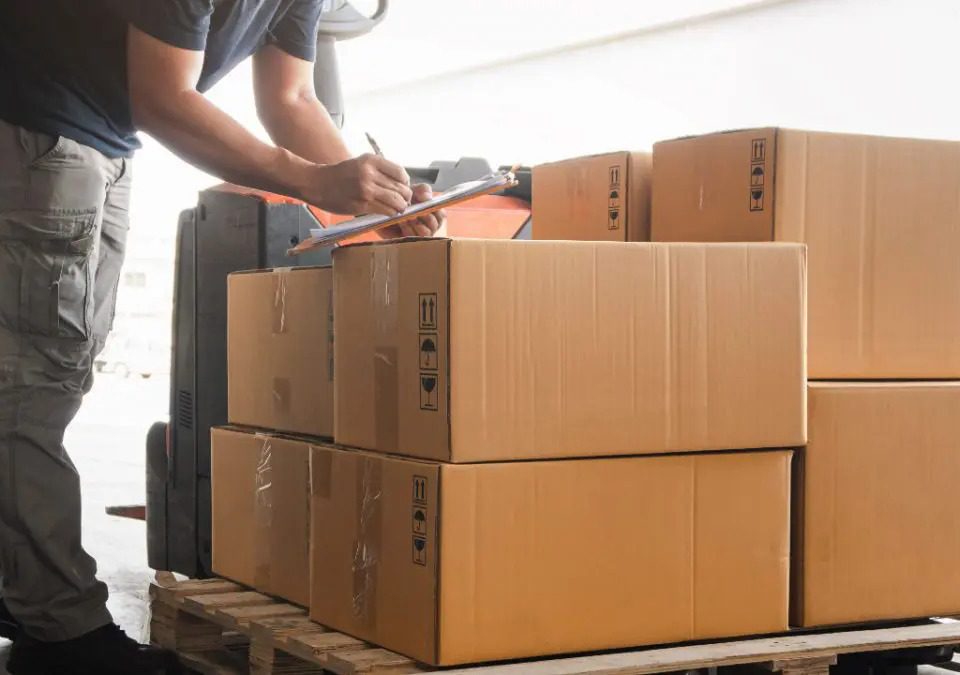How Much Food Are We Really Wasting? The Surprising Facts You Need to Know
Driven To Waste WWF report just released
Hi Everyone,
For this months blog I want to make you aware of the latest report on worldwide food waste by the WWF.
Below I have quoted the summary, from the WWF website, on the report Driven To Waste,
This report highlights again the issue of food waste and its effects on greenhouse gas emissions.
I hope you find the below summary useful , and encourage you to seek out the full report for a more comprehensive analysis.
Food Waste is a growing problem, and an issue all participants in the FMCG economy should be aware of and helping to deal with…
Driven to Waste, a new WWF report published in partnership with Tesco, reveals that the amount of food lost on farms globally totals 1.2 billion tonnes. WWF states that ambitious food waste reduction targets from farm to fork are urgently needed to tackle this issue.
These new findings come in the wake of the National Food Strategy, which highlights that, in the UK, a third of food is wasted before it leaves the farm and more than a quarter of food grown is never eaten, accounting for between 6% and 7% of total UK greenhouse gas emissions.
The Driven to Waste report suggests that each year, an estimated 2.5 billion tonnes of food goes uneaten around the world, including food wasted on farms, in shops, restaurants, food processing and at home (1). That is an increase of nearly 1 billion tonnes on previous estimates of 1.05 billion tonnes wasted annually(2). The data indicate that of all the food grown, around 40 per cent of it goes uneaten, which is higher than the previously predicted figure of 33 per cent(2).
Driven to Waste is the first quantification of total on-farm food losses since 2011. When combined with updated data on loss in supply chains and waste at retail and consumption, we have a clearer picture of the scale of food loss and waste from farm to fork that demonstrates for the first time how imperative it is that this stage is no longer overlooked in efforts to keep global warming below 1.5°C.
The report analysis also shows that total food waste and loss seen throughout the whole supply chain amounts to 10 per cent of all greenhouse gas emissions – higher than the 8 per cent previously estimated(2). This is the equivalent of nearly twice the emissions produced by all the cars driven in the US and Europe, in one year. For food waste on farms alone, the carbon footprint is equivalent to 400 million cars driven for a year. These figures demonstrate the need to address the way we produce our food to help tackle the climate and nature crisis.
More food is lost on farms per capita in developed countries, including the UK, than in the developing world. The report says farmers need support in measuring and then reducing food waste – and consumers can make a difference by buying and eating ‘wonky’ fruit and vegetables. Supermarkets should buy up whole crops, no matter what they look like, and promote these to customers or use them in different ways so they don’t go to waste.
Governments and food businesses can support farmers by working with them on the ‘Target Measure Act’ approach. This commits to setting specific food waste reduction targets, identifying and measuring the waste and taking action to tackle it.
Thanks again and stay tuned,
Regards
Mark



